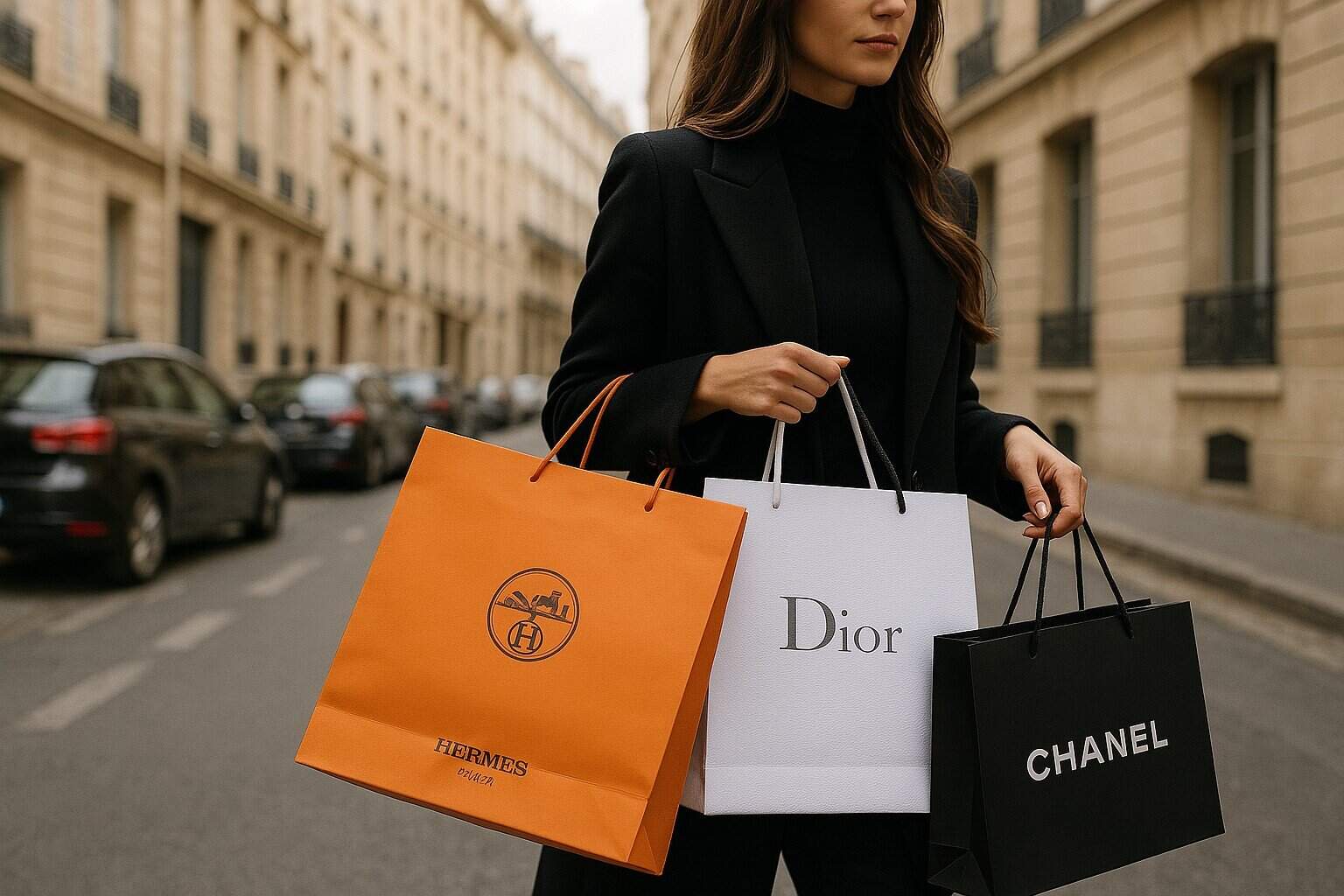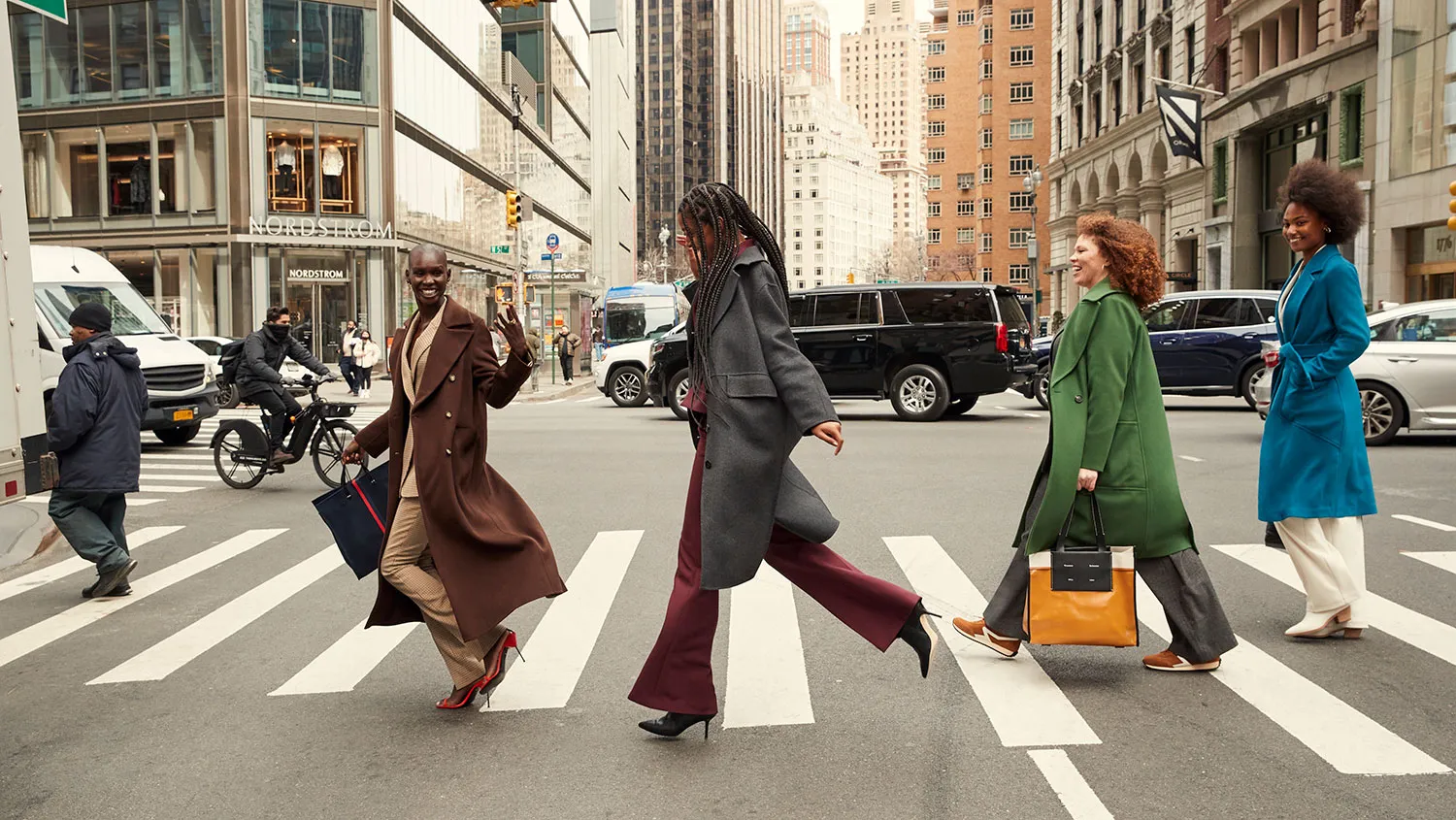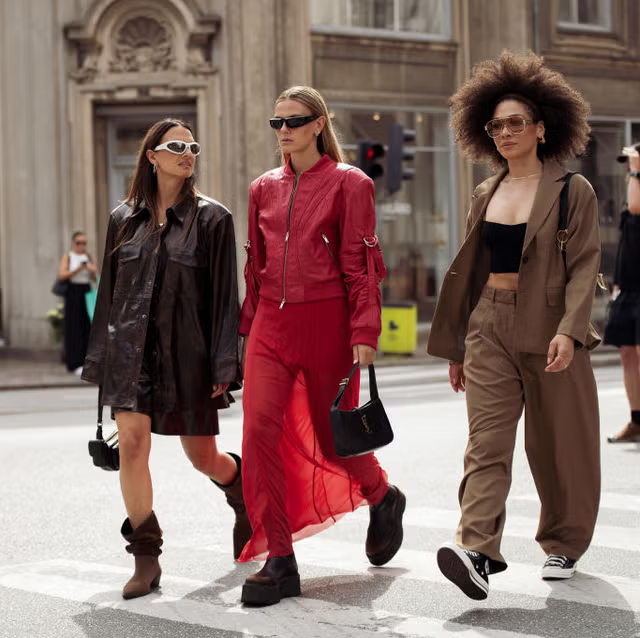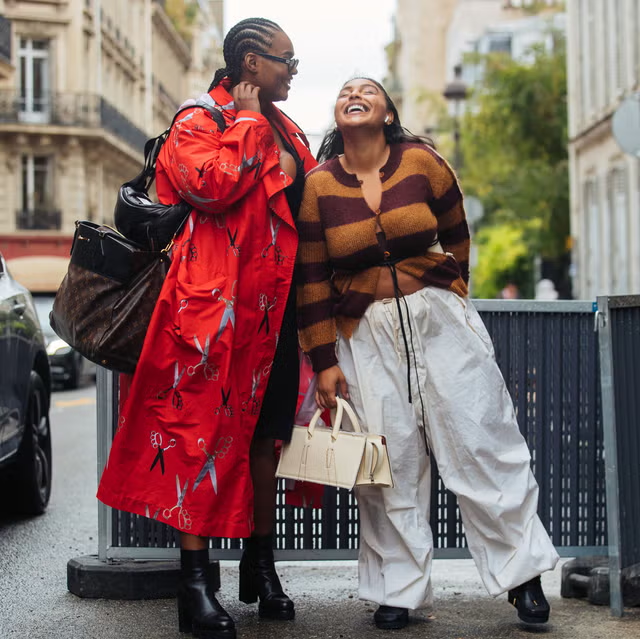
Every year, without fail, a few people proclaim the death of luxury fashion through effervescent essays, doleful videos or impassioned tweets. This year’s submissions are in, and their titles are, as usual, super dramatic. My personal favourites: A YouTube video titled Luxury Fashion Is Over. What’s Next? Another one with a more foreboding tone feels gratifying for reasons that escape me: The Imminent Death of Luxury. On second thought, perhaps its appeal, for me at least, comes from its minimalist framing. You can almost imagine a grey-haired, bespectacled fashion connoisseur trotting out those words with her nose turned up in dismay. The frequency of these proclamations notwithstanding, luxury fashion continues to survive and thrive, year on year. As such, rhetoric about the death of luxury fashion has come to be viewed as cliche at best, and at worst: clickbait.
This year, however, we may have legitimate reasons to worry about the decline of luxury fashion. Let’s ignore the conversation that surfaced at the start of the year, the largely hyperbolic one about many luxury fashion items being identical to Chinese-made dupes, “since they all come from the same factories.” Let’s also ignore the fact that the recently-concluded Spring/Summer edition of NYFW was mostly lethargic, providing sparse moments of thrill and generally failing to convey a compelling vision for luxury fashion’s future. As Oluwakemi Alaya puts it in a recent article for Deeds Magazine: “This season, many designers and critics alike are asking whether the chase for clicks has hollowed out the heart of style.” Let’s also extend grace to Paris Fashion Week, which earned more favourable reviews from critics, but wasn't exactly revolutionary either.

The strongest indicator that luxury fashion might be on the decline, or in a “death spiral,” as Katherine K. Zarrella put it in an essay for the New York Times, is the economic indices. “The industry is facing its steepest sales decline since the 2008 financial crisis, aside from the sharp shock brought on by the pandemic,” writes Marc Bain in a recent article for BOF. Per research from Bain & Company and Fondazione Altagamma, the trade association of Italian luxury goods manufacturers, “overall luxury spending totalled €1.48 trillion globally in 2024, a slight decrease of 1% to 3% at current exchange rates compared to 2023.” This year, analysts predict a steeper decline. In June, Bain & Company forecast that if current trends persist, the industry will contract between 2 & 5 per cent.
Luxury fashion giants like LVMH have especially been hit hard. Half-year reports this year show that the powerhouse, which owns 75 brands including Louis Vuitton, Dior and jewellers Bulgari and Tiffany & Co., has experienced a 15% slump in recurring operations profits, about
€9 billion ($10.5 billion). Kering, also a Paris-based powerhouse, which owns Gucci, Bottega Veneta and Yves Saint Laurent, reported a significant decline in sales in the first half of the year.
Luxury fashion’s embattled economic situation is, in part, down to a mix of macroeconomic factors: a cooling off from the post-COVID surge in luxury fashion sales, Trump’s salvo of tariffs, and the current fraught political and economic climate, which has soured many on luxury goods, which might come across as vain. But laying the blame entirely on macroeconomic factors would be disingenuous and reductive. The truth is that the decline of luxury fashion is as much a product of public indignation. In the past decade, prices of luxury goods have steeply risen, as luxury fashion houses have sought to maintain their prestige in the face of increasing demand, especially from the middle class.

A paragraph from Zarella’s essay for the New York Times is especially illuminating: “From October 2019 to April 2024, the cost of Prada’s popular Galleria Saffiano bag increased 111 per cent. In the same period, the cost of Louis Vuitton’s canvas Speedy bag doubled, and Gucci’s Marmont small matelassé shoulder bag went up by 75 per cent. Chanel is particularly notorious: Its iconic medium 2.55 leather flap bag, which cost $5,800 in 2019, will now set you back $10,800.”
But as prices have surged, not only has quality not kept pace, but many luxury products appear to have gotten worse. In Zarella’s essay, she narrates the excruciating story of a luxury purchase gone wrong. Marc Jacobs had just reissued the runway-show version of his famous Kiki boots, which she had been “lusting after” since their debut in 2016. She rationalised the obscene price by convincing herself they would last. “They did not,” she writes, “the right heel cap fell off after a handful of wears, revealing a flimsy plastic cavern. I got it replaced, only to have a four-inch platform base snap off like a rotting tree limb days later. Timber! Two passers-by heaved me up, and I limped home, barefoot.”
Weeks ago, a similar incident played out with Wisdom Kaye. This story starts with a somewhat hilarious video Wisdom Kaye posted on TikTok. In it, he talks about how he had spent $18,000 on Miu Miu items, only for some of them to come out broken. They sent replacements, which he decided to unbox on camera. “So here we have the new vest and the new sweater,” he says. “I’m making this video because if it does happen to break again, I have to have this recorded on camera.” And guess what? The vest’s button broke again.

Luxury Fashion houses realise they are in a difficult spot, and their response has mostly been to shuffle around or change their creative directors. Since the start of the year, we’ve witnessed what has been described as the most sweeping shake-up among luxury fashion houses in a long time. Sarah Burton departed Alexander McQueen for Givenchy, Louis Trotter has taken over the reins at Bottega Veneta, Jonathan Anderson swapped out his role at Loewe for a job as the new artistic director at Dior, Demna jettisoned Balenciaga for Gucci, Dario Vitale now mans the cockpit at Versace, following Donatella Versace departure after 27 years of overseeing the creative direction of her brand, the list is endless. And while this industry-wide reshuffling might augur better times, an industry-wide reckoning is needed for luxury fashion to make lasting progress. Consumers are not happy with the quality of products and the paucity of new products that excite them. Durable and exciting products made luxury fashion the economic powerhouse it is today, and for the industry to find its feet, it needs to return to fulfilling its core function.
